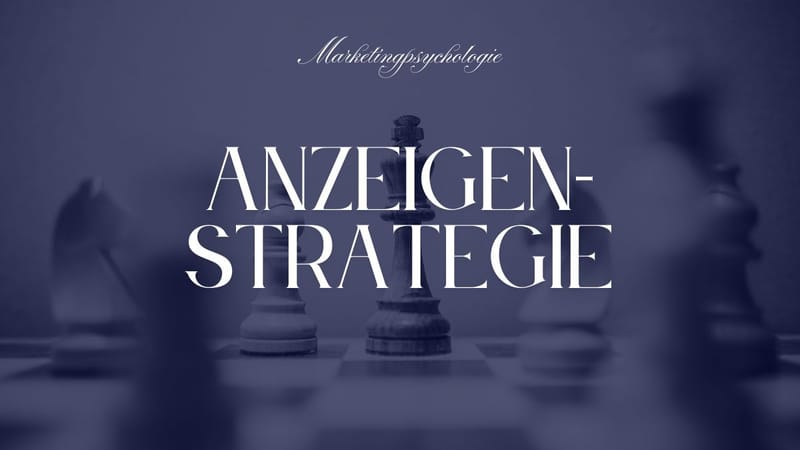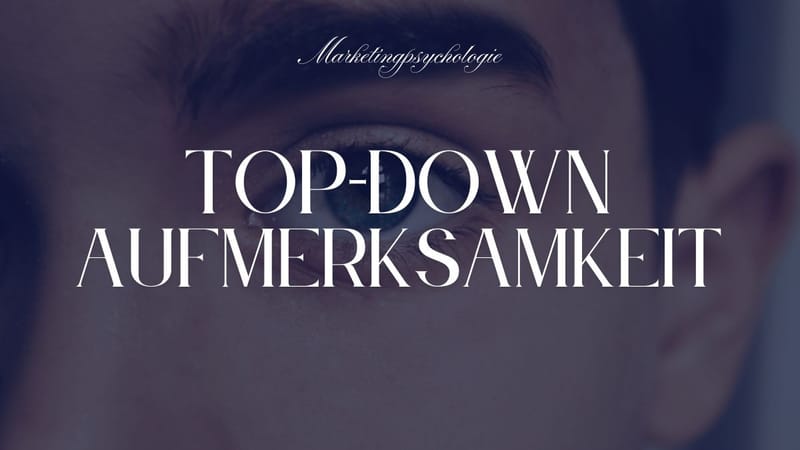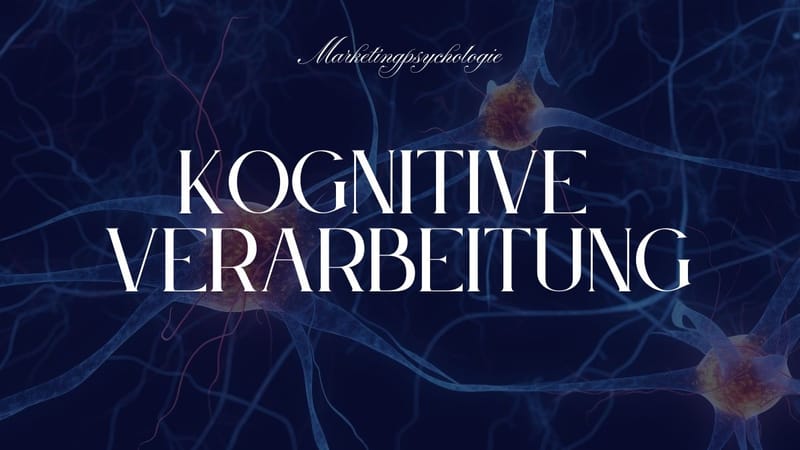Werbung
Free and exclusive content - constantly updated
AI makes perfection cheap and interchangeable - authenticity becomes a luxury
New 2025 studies prove: "Imperfect" faces sell 40% better than AI-perfect ones. Why authenticity is becoming a luxury and how you can benefit from it.
Beyond image manipulation: 5 authentic trust strategies for digital products
"Trust is good, control is better" – this old saying takes on a whole new meaning in the digital market.
Ad strategy: Place ads in congruent modalities
By placing your advertising in congruent modalities, you can significantly increase the effectiveness of your campaigns and create a better connection with your target audience.
Ad design: Visual perception images
Which half of the brain perceives the images in your ads? And why is that important?
Ad design: Optimize eye tracking
Our eyes typically move from left to right. To prevent the viewer's gaze from wandering away from an ad, it's recommended... learn more in our Marketing Psychology blog.
Ad design: Present the problem in grayscale
In advertising, the technique of presenting problem representations in grayscale or with reduced image quality is often used to create a visual contrast to the solution scenario.
Advertising strategy: rhymes and poetic devices
The use of rhymes and poetic devices in advertising can significantly increase the memorability and attractiveness of advertising messages.
Ad strategy: top-down attention
To effectively manage your audience's top-down attention, it's crucial to incorporate cues into your advertising that viewers are actively following.
Advertising strategy: To effectively guide customer behavior
This early approach makes it possible to be present in the consumer decision-making process and to guide their purchasing decisions in favor of your own brand.
Ad strategy: Cognitive processing
The speed at which we move can influence our cognitive processing. Fast movements promote intuitive, emotional thinking, while slow movements encourage more analytical, detailed processing.
Ad design: Reduce color in ads
Why it's helpful to reduce color in ads.
Advertising strategy: Emotional advertising in traditional markets
In saturated, traditional markets, consumers have already gained a lot of advertising experience. They recognize familiar advertising patterns and often ignore them. To still attract attention and remain in people's minds long-term, brands rely on emotional appeals.











